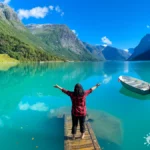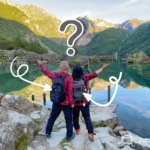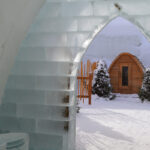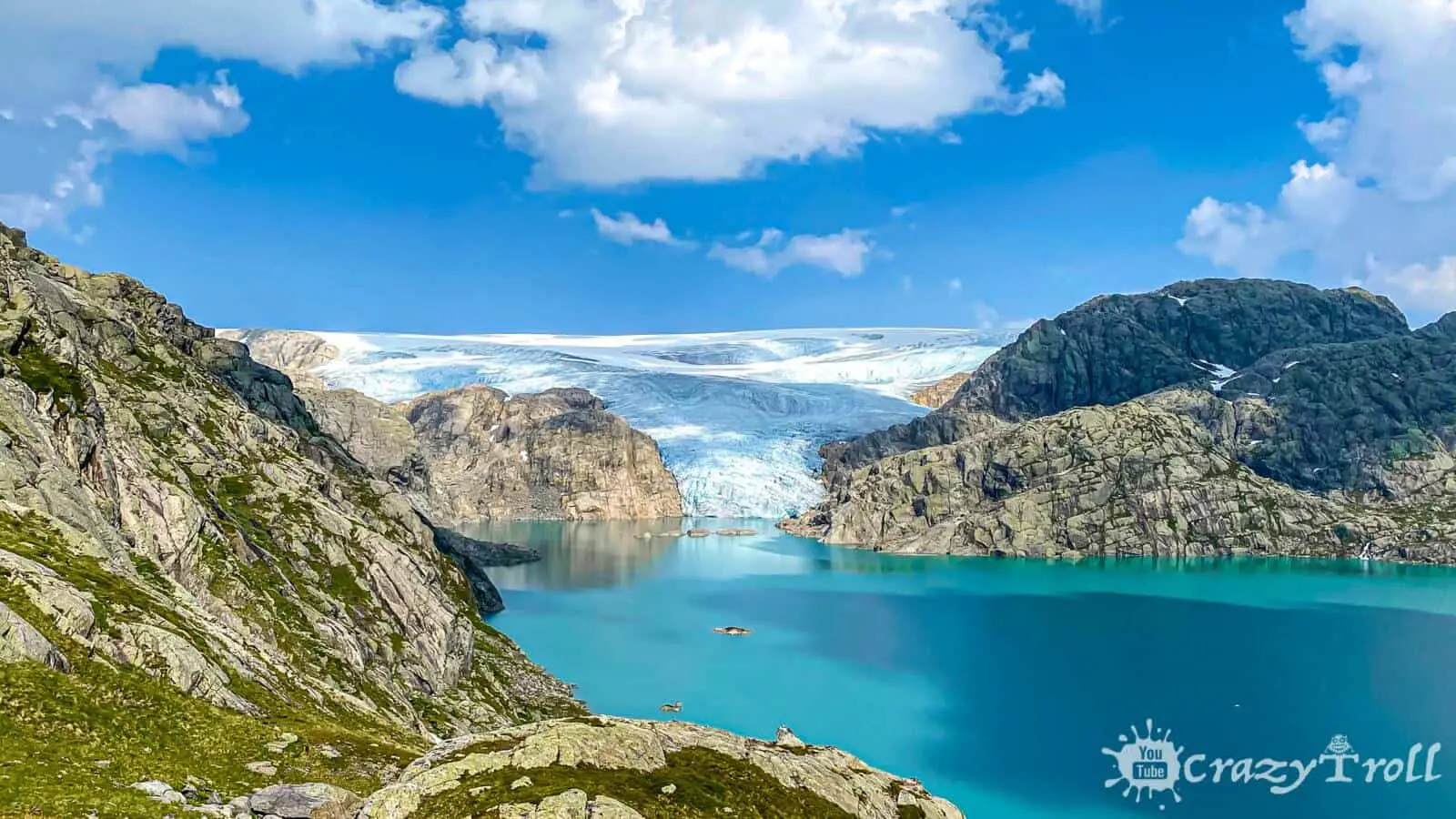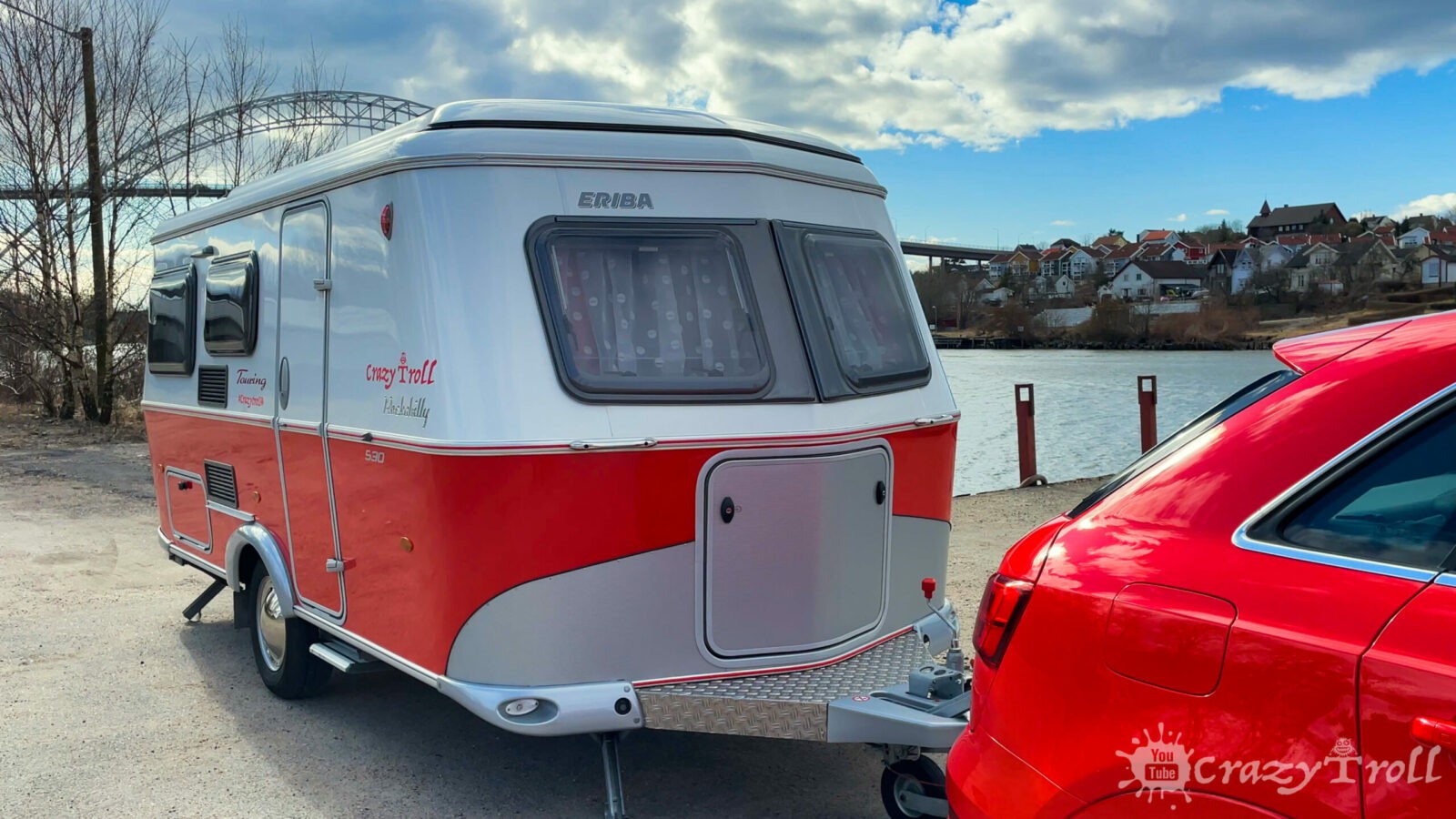Norway has long been a fascinating destination for travelers who are passionate about Viking history and culture. With its stunning landscapes, rich heritage, and numerous well-preserved Viking sites, it is no wonder that Viking tourism in Norway continues to grow in popularity.
In this comprehensive guide, we will take you on a journey through the land of the Norsemen, exploring everything from Viking history to modern-day Viking-inspired experiences.
The allure of Viking history
The Vikings were a group of seafaring people from the late eighth to early 11th century who hailed from the Scandinavian countries of Norway, Denmark, and Sweden.
Renowned for their legendary sagas, fierce warriors, and impressive longships, the Vikings have long captured the imagination of history enthusiasts and adventure seekers alike.
Norway boasts an incredible array of Viking sites, museums, and experiences that provide a unique glimpse into the lives of these enigmatic people. From ancient settlements to reconstructed longhouses and interactive workshops, there’s no shortage of ways for visitors to immerse themselves in the world of the Vikings.
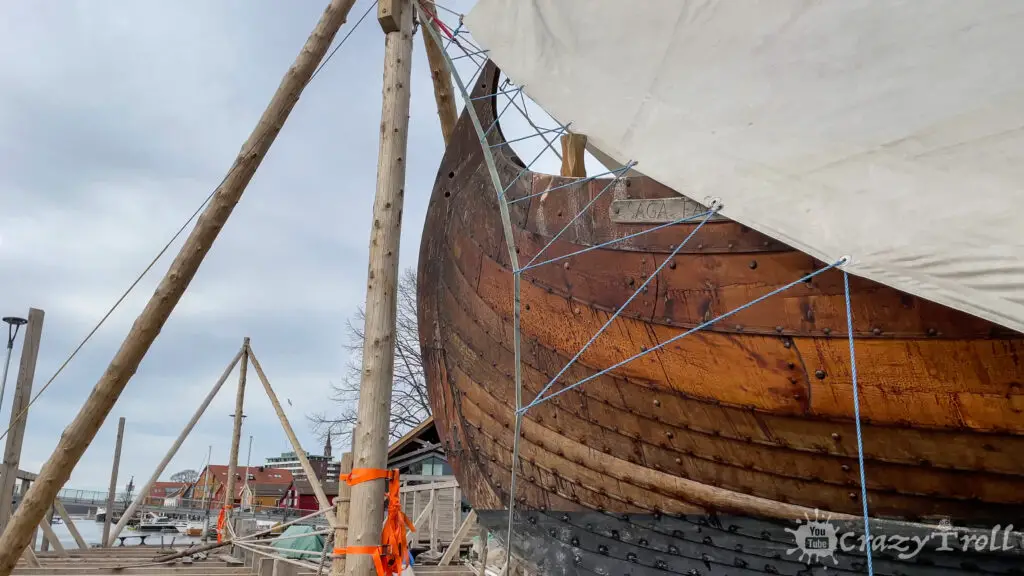
Viking history and culture
Before we delve into the specifics of Viking tourism in Norway, it’s essential to have a basic understanding of the Viking Age and the culture that shaped these people.
A Brief Overview of Viking history
The Viking Age began around the late eighth century and continued until the early 11th century. This period saw the Vikings embark on numerous raids and conquests throughout Europe, establishing trade routes, and leaving a lasting impact on the regions they encountered.
The Viking Age in Norway
In Norway, the Viking Age marked a time of unification under powerful chieftains and kings such as Harald Fairhair, who is credited with uniting the country. It was also a time of expansion, with many Vikings setting sail from the shores of Norway to explore, trade, and establish settlements in distant lands.
Key aspects of Viking culture
Viking culture was deeply rooted in their beliefs, values, and social structure. The Norse religion played a significant role in shaping their worldview, with gods such as Odin, Thor, and Freyja featuring prominently in their daily lives. Additionally, the Viking social structure was hierarchical, with chieftains, warriors, and skilled craftsmen at the top and slaves at the bottom.
Preparing for your Viking-themed adventure
Now that we have a better understanding of Viking history and culture, let’s start planning your Viking-themed adventure in Norway.
Best time to visit Norway
While Norway is a beautiful destination year-round, the best time for Viking tourism is typically from May to September. This period offers warmer weather, longer days, and better accessibility to various attractions. However, keep in mind that this is also the peak tourist season, so booking accommodations and tours in advance is highly recommended.
Travel and accommodation tips
When planning your trip to Norway, consider flying into Oslo or Bergen, which are well-connected to international airports. From there, you can either rent a car or use Norway’s excellent public transportation system to explore the country.
As for accommodations, Norway offers a wide range of options, from budget-friendly hostels to luxurious hotels. For a truly immersive Viking experience, consider staying at a Viking-themed hotel or guesthouse.
Must-visit Viking sites in Norway
With a wealth of Viking sites scattered throughout the country, it can be challenging to decide where to begin your journey. Here are some must-visit locations that offer an authentic and unforgettable Viking experience.
Lofotr Viking Museum, Borg
Located on the
island of Vestvågøy in the Lofoten archipelago, the Lofotr Viking Museum is home to a reconstructed chieftain’s longhouse, which is the largest ever found in Scandinavia. Here, you can explore the impressive longhouse, learn about Viking history through interactive exhibits, and even participate in hands-on activities such as blacksmithing and weaving.
Viking Ship Museum, Oslo
The Viking Ship Museum in Oslo houses three of the world’s best-preserved Viking ships, the Oseberg, Gokstad, and Tune ships. These magnificent vessels were used as burial ships for prominent individuals and provide a fascinating insight into Viking shipbuilding techniques, as well as their burial customs.
The Stiklestad National Cultural Center
Located in the village of Stiklestad, this cultural center commemorates the famous Battle of Stiklestad in 1030, which led to the canonization of King Olav II. Visitors can explore the Stiklestad Church, visit the Viking Age Farm, and attend engaging historical reenactments and performances.
Avaldsnes Viking Settlement, Karmøy
At the Avaldsnes Viking Settlement, you can step back in time and explore a reconstructed Viking village, complete with traditional longhouses, workshops, and even a Viking ship. Here, you can learn about the daily life of the Vikings through interactive displays and guided tours.
Oseberg Mound, Tønsberg
The Oseberg Mound is the burial site of the famous Oseberg ship, which was discovered in 1904. The mound offers a unique opportunity to learn about Viking burial rituals and the significance of the ship in their culture.
Experiencing Viking culture through festivals and events
Norway hosts several Viking-themed festivals and events throughout the year, which offer a lively and engaging way to immerse yourself in Viking culture.
The Viking Festival at Avaldsnes
Held annually in June, the Viking Festival at Avaldsnes brings the Viking village to life with reenactments, live performances, and traditional crafts. Visitors can try their hand at archery, attend Viking-themed workshops, and enjoy a variety of food and drink inspired by the Viking Age.
Midgardsblot
Midgardsblot is a unique fusion of Viking culture, history, and modern heavy metal music. Held annually in August, this festival takes place at the ancient Viking site of Borre in Vestfold and features concerts, workshops, and Viking reenactments.
The St. Olav Festival
Taking place in Trondheim each July, the St. Olav Festival is a week-long celebration of St. Olav, the patron saint of Norway, and the city’s rich Viking heritage. The festival includes a variety of cultural events, such as historical plays, concerts, and guided tours of the city’s Viking sites.
Viking-themed tours and activities
For those who prefer a more guided and structured experience, there are numerous Viking-themed tours and activities available throughout Norway.
Guided Viking tours
Several tour companies offer guided Viking tours, which typically include visits to key historical sites, museums, and cultural centers. These tours often provide a more in-depth understanding of Viking history and culture, as well as access to expert guides who can answer your questions.
Longship sailing experiences
For a truly immersive Viking experience, consider joining a longship sailing trip. These excursions, which are available in various locations throughout Norway, allow you to experience life aboard a traditional Viking longship as you sail through the country’s breathtaking fjords.
Interactive Viking workshops
If you’re interested in learning more about the traditional crafts and skills of the Viking Age, consider participating in an interactive Viking workshop. These workshops, often hosted by museums or cultural centers, teach visitors how to forge their own Viking-style jewelry, carve wooden artifacts, or even brew mead, just like the Vikings did.
Norwegian cuisine with a Viking twist
While in Norway, don’t miss the opportunity to sample traditional Viking dishes and visit Viking-inspired restaurants that showcase the culinary heritage of the Norsemen.
Traditional Viking dishes
Some Viking dishes you might encounter in Norway include rakfisk (fermented fish), klippfisk (dried and salted cod), and various types of game meats, such as reindeer and elk. The Vikings also enjoyed hearty stews, dark bread, and a variety of dairy products, including skyr (a yogurt-like cheese) and brunost (a sweet, brown cheese).
Viking-inspired restaurants in Norway
Several restaurants in Norway specialize in Viking-inspired cuisine, offering modern interpretations of traditional dishes, as well as unique Viking-themed dining experiences. Some popular options include Aegir Bryggeri & Pub in Flåm, which is housed in a building resembling a Viking longhouse, and Lofotr Viking Feast in Borg, where you can dine on traditional Viking fare in an atmospheric chieftain’s longhouse.
Viking-inspired souvenirs and handicrafts
Bring a piece of Viking history home with you by purchasing authentic Viking-inspired souvenirs and handicrafts.
Hand-forged Viking jewelry
Traditional Viking jewelry, such as bracelets, necklaces, and brooches, were often made from silver or bronze and featured intricate designs inspired by Norse mythology. Many artisan workshops and souvenir shops in Norway sell hand-forged replicas of these beautiful pieces.
Traditional Viking woodcarvings
Woodcarving was a highly respected craft in Viking society, with skilled artisans creating intricate designs on everything from ship prows to furniture. Look for traditional Viking woodcarvings, such as animal figurines and decorative plaques, in local handicraft shops.
Viking-inspired clothing
For a truly unique souvenir, consider purchasing a piece of Viking-inspired clothing, such as a woolen tunic or a cloak made from traditional Norwegian fabrics. These items can often be found at historical reenactments, festivals, or specialized clothing shops.
Combining Viking tourism with Norway’s natural beauty
While exploring Norway’s Viking heritage, don’t forget to take some time to enjoy the country’s breathtaking natural scenery.
Exploring the fjords
Norway is famous for its dramatic fjords, which were formed by glaciers carving deep valleys into the landscape. These natural wonders can be explored by boat, car, or on foot, offering stunning views and unique photo opportunities.
Experiencing the Northern Lights
One of Norway’s most iconic natural phenomena, the Northern Lights, or aurora borealis, can often be seen in the country’s northern regions during the winter months. Witnessing these ethereal, colorful lights dancing across the night sky is a once-in-a-lifetime experience that perfectly complements a Viking-themed adventure.
Responsible and sustainable Viking tourism
As you explore Norway’s Viking heritage, it’s essential to do so responsibly and sustainably.
Preserving Norway’s historical sites
Help protect and preserve Norway’s historical sites by following any posted guidelines, staying on marked trails, and refraining from touching or removing artifacts.
Supporting local communities
By supporting locally-owned accommodations, restaurants, and tour operators, you can contribute to the local economy and help preserve the country’s Viking heritage for future generations.
Conclusion
The impact of Viking tourism on Norway
Viking tourism not only helps to preserve and promote Norway’s rich cultural heritage but also plays a significant role in the country’s economy. As more people become interested in Viking history and culture, Norway will continue to develop and expand its offerings, providing visitors with even more opportunities to explore the fascinating world of the Norsemen.
Encouraging a deeper understanding of Viking history
By visiting Norway’s Viking sites and participating in various Viking-themed experiences, travelers gain a deeper understanding of the people, culture, and history that shaped this unique period in time. This knowledge not only enriches their travel experience but also fosters a greater appreciation for the Norsemen’s remarkable achievements and lasting impact on the world.
Frequently Asked Questions
- What is the best time of year to visit Norway for Viking tourism?
The best time to visit Norway for Viking tourism is typically between May and September, when the weather is warmer, and most attractions are easily accessible. However, this is also the peak tourist season, so booking accommodations and tours in advance is recommended.
- Are there any Viking-themed accommodations in Norway?
Yes, there are several Viking-themed hotels and guesthouses throughout Norway, which offer unique and immersive lodging experiences for visitors.
- How accessible are Viking sites for travelers with disabilities?
Many of Norway’s Viking sites and museums are accessible to travelers with disabilities, offering ramps, elevators, and other accommodations. However, it is always a good idea to check with individual attractions ahead of time to ensure they can accommodate your specific needs.
- What is the average cost of a Viking-themed tour in Norway?
The cost of a Viking-themed tour in Norway can vary greatly depending on the duration, itinerary, and included activities. On average, a full-day guided tour may cost anywhere from $100 to $200 per person, while multi-day tours can range from $500 to over $1000.
- How much time should I allocate to fully explore Viking sites and attractions in Norway?
To thoroughly explore Viking sites and attractions in Norway, it’s recommended to allocate at least one week for your trip. This will allow you to visit several key locations, participate in Viking-themed activities, and attend local festivals or events, as well as enjoy the country’s stunning natural beauty.


